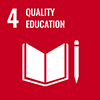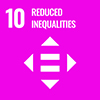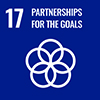Political debate, viral cottage cheese recipes and Taylor Swift’s latest album — you’ve probably encountered at least one of these in the last two weeks. But academic research findings? Less likely.
Seeing how little academic research reaches the public or sparks engagement, Dr. Bruce Martin, professor at the Bob Gaglardi School of Business and Economics at Thompson Rivers University (TRU), set out to make a change.
While working at a post-secondary institution in Dublin, Martin saw how artists-in-residence were collaborating with researchers to share their work in creative ways.
“That inspired me to involve students in interpreting research through art to help make academic work more relatable for a wider audience,” he says.
Expressing research through art
To pilot this idea, Martin decided to use one of his research studies as the inspiration for an artwork. The study examines a social enterprise that aimed to create jobs and improve accessibility for people with disabilities.
The company began with high hopes and strong ideas, but its rapid push to expand into many countries caused it to collapse. The study demonstrates that relying only on flexible, short-term decision-making can work at the start-up stage but fails when an organization needs to scale up.
Looking for a way to present his research through art, Martin turned to TRU Faculty of Arts assistant teaching professor Twyla Exner who connected him with fine arts alum Fae Lyn. Known for her thoughtful and concept-driven artworks, Fae Lyn was eager to explore how research could be expressed through visual storytelling.
“I was interested in finding ways to make research more approachable. Art can help people connect with ideas they might not fully understand just by reading about them,” Fae Lyn says.
As she studied Martin’s research, Fae Lyn became intrigued by the story behind it. She spent time learning about the challenges the company faced and how ambition and planning must work together for long-term success. Those ideas helped shape the vision for her artwork.
Collaboration sparks curiosity
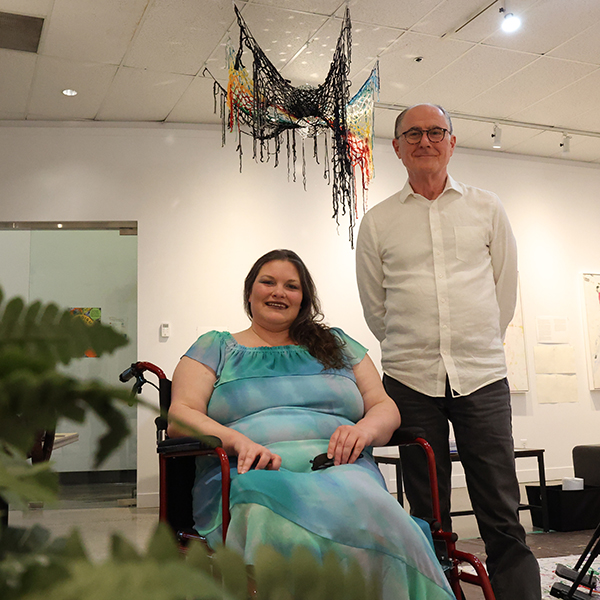
Artist Fae Lyn (left) with Martin in front of mixed media work Net Loss.
Fae Lyn’s finished art piece, titled Net Loss, features a broken disco ball held by a crocheted net in the colours of the disability pride flag. The shattered mirror ball reflects the failed company’s vision, which began bright but later broke apart. The imperfect net represents the weak systems that could not support the weight of the enterprise.
“It was important that the net looked imperfect. It shows how fragile things can be when they are not built on solid ground,” says Fae Lyn.
For Martin, the collaboration demonstrates the value of creativity in sharing knowledge.
“Most people don’t read journal articles, but art can spark curiosity and make people think in new ways,” he says.
Building on this successful collaboration, Martin has added plans to his next research grant proposal to include more students from different disciplines. If approved, students will use their area of expertise to interpret research work at all stages, from gathering data to sharing results creatively.
“I want to engage more students in this process because each of them brings something different. Their perspectives help us find new ways to connect research with people outside the university,” says Martin.
While funding for future collaborations is still being finalized, Martin welcomes students who are interested in joining the project. Those who would like to take part or learn more can reach out to Martin via email.
Thompson Rivers University is leading in sustainability. Learn more about TRU’s contributions to the UN Sustainable Development Goals.
